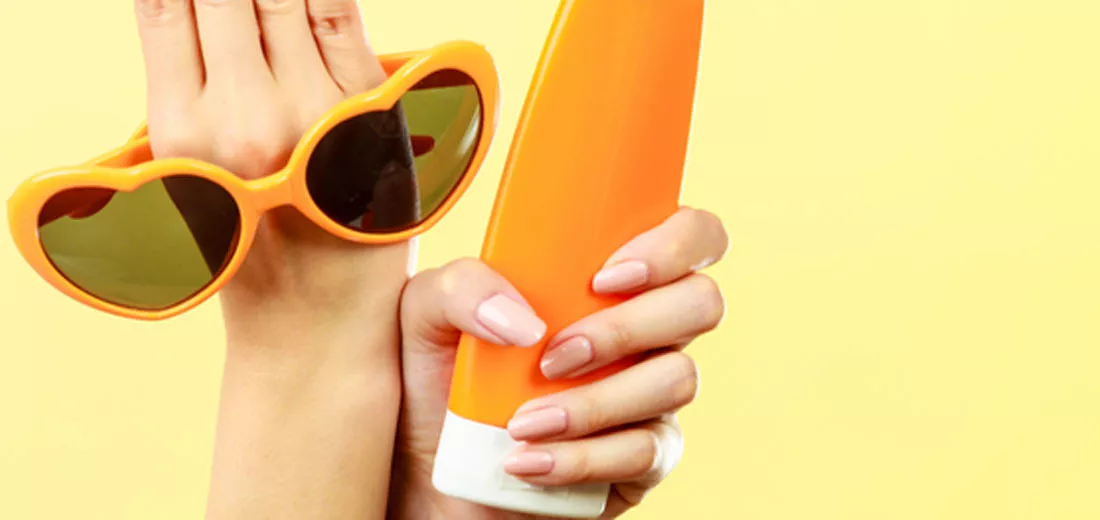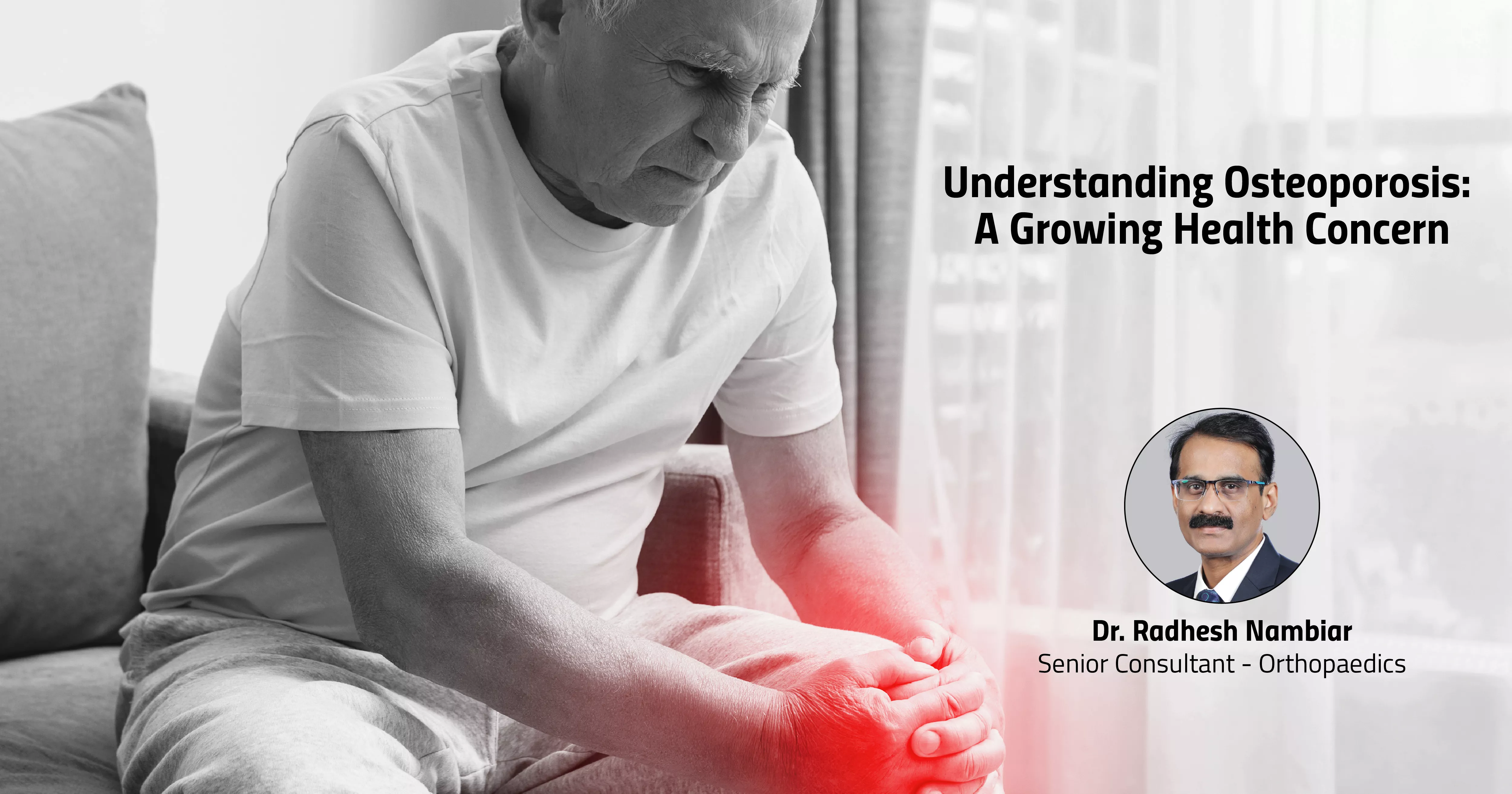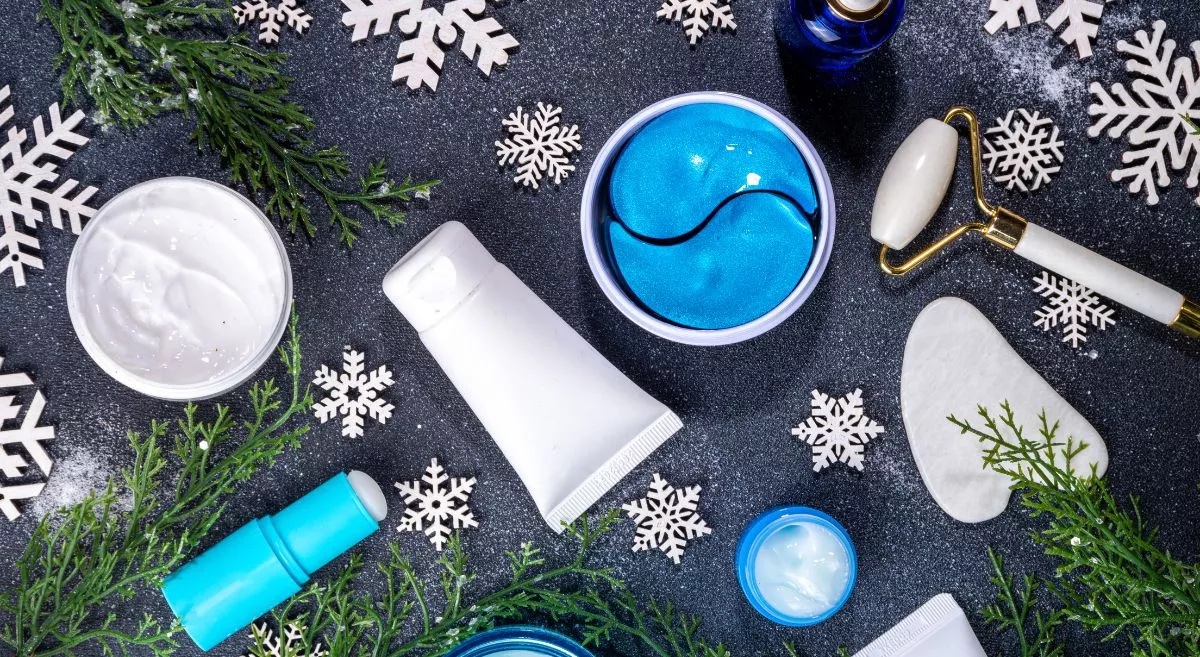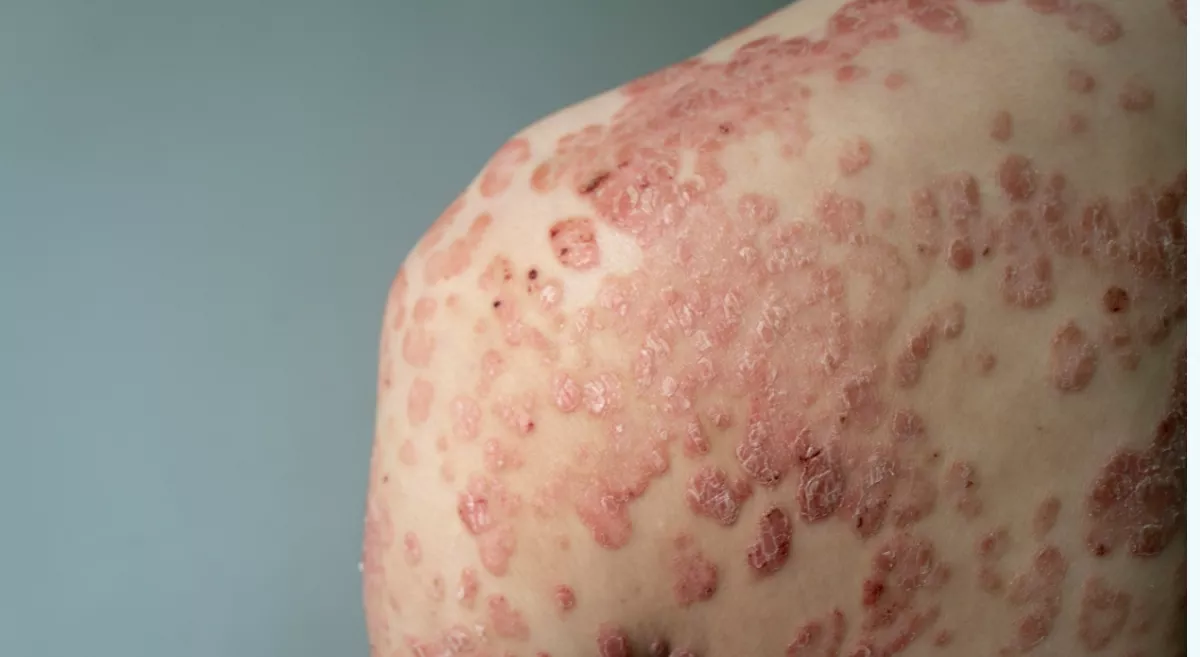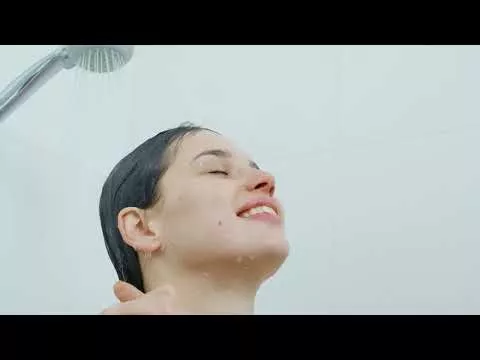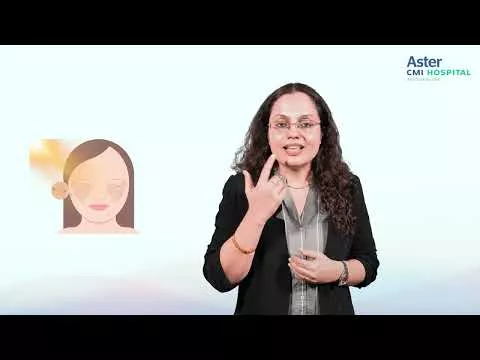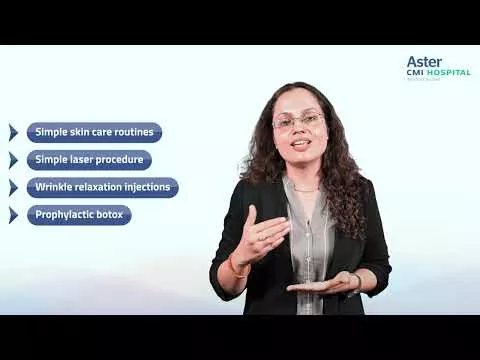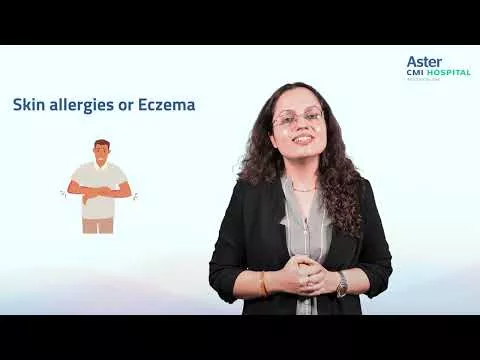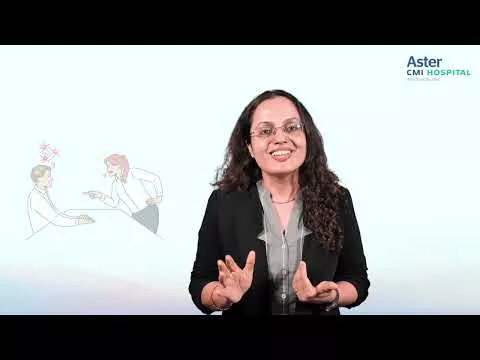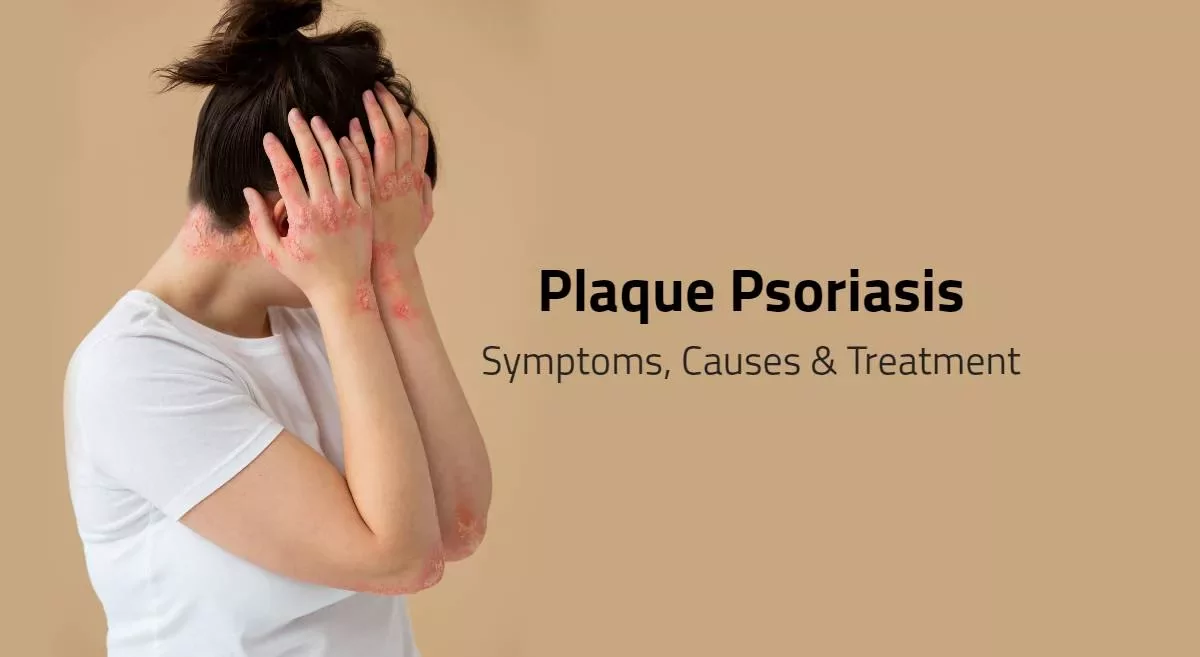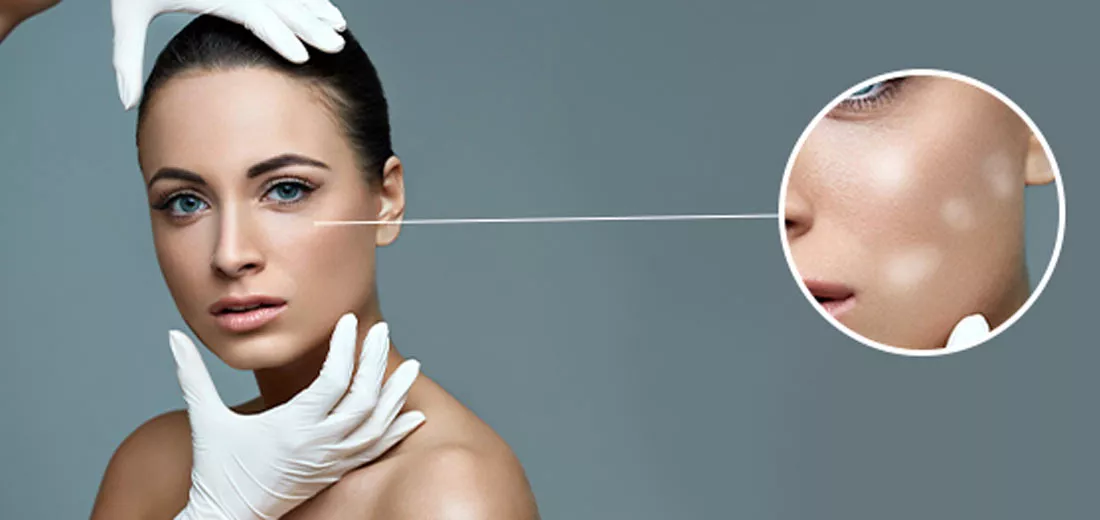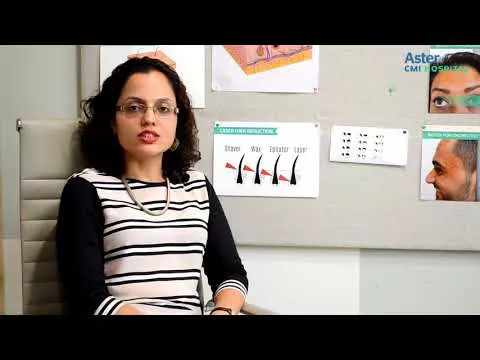What is an effective way to protect your children from the sun?
It is important to apply sunscreen, do not save your sunscreen just for sunny days. Up to 80% of the ultraviolet rays of the sun will pass through the clouds.
Sun safety tips to follow daily:
To cover all the exposed areas of the body, apply the correct amount of sunscreen with a sun protection factor (SPF) of at least 30. It takes a tablespoon to cover the exposed areas of an adult's body, a little less for a child according to his or her age, to give you an idea of how much sunscreen you will need. Make your motto "More Is Better"!
Before going outside, apply sunscreen 20 to 30 minutes before as it can take 30 minutes to start working. The ingredients in the sunscreen kick will start to be active in half an hour.
Every two hours and after a dip in the ocean, reapply sunscreen even if you are using a water-resistant product. Sunscreens quickly rub, wipe and sweat away. Reapply sunscreen more often if your child is playing sports and sweating a lot.
Wear protective gear, a hat with a broad brim, SPF lip balm, and sunglasses. The best cover is offered by clothing with a tight weave, keeping your favorite shirt up to the sun to see how much light falls in. For instance, A dry, white T-shirt, offers an SPF of about 7.
During the sun’s peak hours of 10 a.m. to 4 p.m, stay in the shade.
Also, remember that the sun reflects from the sand, water, and pavement, so you should know that your children apply sunscreen to protect themselves from sun rays, whether they come from above or below.
The best is broad-spectrum. Choose a sunscreen that offers broad-spectrum coverage against both ultraviolet A (UVA) and ultraviolet B (UVB) light (this will be specified on the packaging). These are the sun's rays that can cause sunburn, harm to the skin, cancer, and wrinkles.
You need to use SPF 30 at least. Select a water-resistant product and contain SPF-30. Anything above SPF 30 will not offer extra protection. The SPF number on the sunscreen bottle is a guide which defines how long you can stay exposed to the sun with no sunburn risk. This is measured by comparing the time taken to get sunburn on the skin with sunscreen to the time taken to cause skin without sunscreen protection. Seek medical help from the Best Dermatologist In Hebbal Bangalore at Aster CMI Hospital.
For example, Skin with no sunscreen protection takes 10 minutes to burn, whereas skin protected with SPF 15 sunscreen will take 150 minutes to burn. SPF indicates protection from UVB light only.
Zinc oxide or titanium dioxide for young kids and those with sensitive skin. If you have babies or young children, or if you or your children have allergic skin or eczema, look for these ingredients. Such ingredients physically prevent the rays of the sun from entering the skin. The sun's rays are absorbed by chemically-based products and dissipated as heat. These are also efficient and healthy without any skin sensitivities for older kids and adults.
Serious diseases like rickets, a disease that weakens the bones, may be caused by a lack of this essential vitamin. Exposure to the sun is one way of receiving vitamin D and wearing sunscreen decreases the production of it by the skin.
Intentional exposure to the sun, however, is not the best choice for the well-being of your child. Alternatively, speak to your doctor about adding more foods rich in vitamin D to your kids' diet or taking a daily supplement.
Visit the Best Skin Care Hospital in Bangalore to get advanced skincare treatments.
